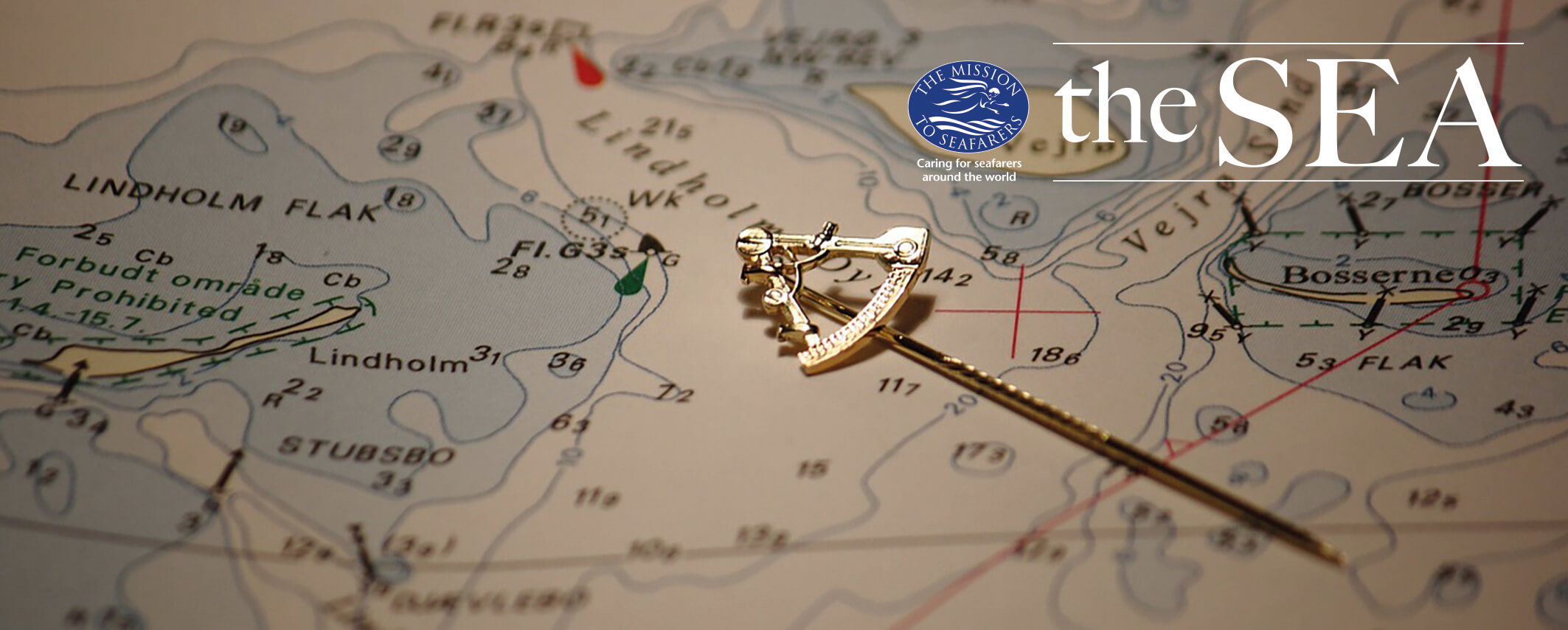Resources
A collection of free resources to help you raise funds and share the work we do

By Michael Grey
As work begins on the latest revision of the STCW Convention, it is worth reflecting about the task that is being confronted, in making sure that the training of seafarers is entirely relevant to the ships they will be operating. It is not an easy matter in an era of profound change, where autonomy, new fuels, sustainability and artificial intelligence are all intruding into the picture. Indeed, there are so many unknowns about future ships and their technology that trying to anticipate the demands upon those who will operate them is like navigating into uncharted waters.
It might be of some comfort to remember that any attempt to update the curriculum will inevitably fall short in an industry where nothing stands still for long. Every generation of seafarers finds itself being trained, at least in part, to cover areas of their syllabus which has been overtaken by time and will be most unlikely to ever be needed in practice. In the 1960s, for instance, navigators found it faintly ridiculous to be quizzed on how to avoid square- rigged sailing ships when they met one at sea, or learning to semaphore, in an era when VHF radios were becoming ubiquitous.
The trouble is that many old skills are dispensed with at one’s peril. Modern navigators probably find it silly to waste a lot of time trying to absorb celestial navigation when the personal sextant is no longer one of the tools of the trade. The mysteries of the magnetic compass, which once demanded hours of attendance at lectures might seem superfluous in the age of integrated electronic systems. But when there is widespread interference with GPS and ship-borne electronics, as the hackers home in on the maritime world, perhaps this older expertise can still demand attention. The old paper chart may be largely redundant, but it at least gave the user a certain autonomy that could not be put at risk by outside interference, or breakdown.
Variety of ships
The extraordinary specialisation of modern shipping also makes the task of STCW Convention modernisation an unenviable task. Once the maritime requirements for statutory certification seemed simple – dry cargo ships and tankers, steamships and motorships, home trade and foreign-going. Just think of the amazing variety of ship types that may be found at sea today, and their requirement for specialised skills to oper- ate them safely and efficiently. Similarly, the new requirement of charterers and owners for “experience” in rank places difficult demands upon those who some- how must gain this necessary credibility. Mere certificates are not enough.
There are plenty of problems here, but at least technology offers some solutions, not least in the facility of on- line education and training, that is now available around the world. Courses can be tailored to actual need and delivered without the requirement to physically attend educational establishments, if this is more convenient or cost- effective. The availability of simulator training has developed and expanded to an astonishing realism, which can be designed to suit different ship-types and a whole range of onboard tasks on deck and in machinery spaces.
Techniques can be practised and honed in a risk-free environment and possibly (this will surely form much debate among regulators) tested in examination conditions. The use of digital twins is likely to become an important element in familiarising seafarers with their equipment.
But in all this modernisation and use of revolutionary technology, some things will never change. The sea, in all its variety and occasional violence, and the challenges and hostility of the marine environment will remain a constant, demanding of skill, experience and, above all, respect. The ships may be bigger and more capable than ever, laden with technology to help them in their operations, but seafarers will still have to learn about the sea, and its manifold characteristics, the wind and weather, and the effects from winds and tides. Moreover, the newer demands for environmental sustainability must be grafted on to this more ancient knowledge.